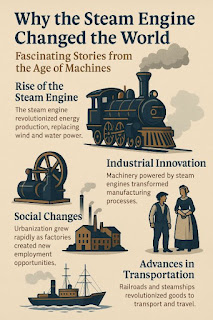Karen People: A Forgotten Southeast Asian Ethnic Group, Their History and Necklace Traditions

The Karen people are an ethnic minority mainly residing in Southeast Asia, particularly along the border between Myanmar (Burma) and Thailand, with an estimated population of about seven million. They have preserved their unique languages, cultures, attire, and traditions over centuries, yet since the 20th century, they have endured hardship due to civil war, political oppression, and displacement as refugees. Among their many cultural elements, the distinctive necklace traditions of Karen women have left a strong impression on outsiders and symbolize their identity. In this article, we explore the history, culture, and necklace practices of the Karen people in depth. Within the Karen community, there are several subgroups, including Sgaw, Pwo, Pa-O, and Bwe, each with its own language, dialect, and traditional customs. Historically, they have led self-sufficient lives based on agriculture, livestock, and weaving, developing distinct styles of clothing and ornamentation in each su...














